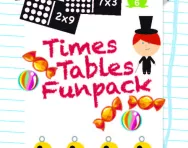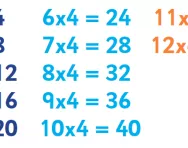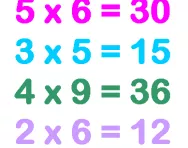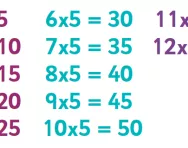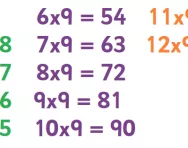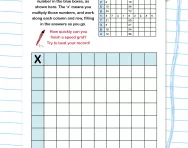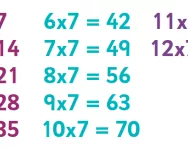Important update from TheSchoolRun
For the past 13 years, TheSchoolRun has been run by a small team of mums working from home, dedicated to providing quality educational resources to primary school parents. Unfortunately, rising supplier costs and falling revenue have made it impossible for us to continue operating, and we’ve had to make the difficult decision to close. The good news: We’ve arranged for another educational provider to take over many of our resources. These will be hosted on a new portal, where the content will be updated and expanded to support your child’s learning.
What this means for subscribers:
- Your subscription is still active, and for now, you can keep using the website as normal — just log in with your usual details to access all our articles and resources*.
- In a few months, all resources will move to the new portal. You’ll continue to have access there until your subscription ends. We’ll send you full details nearer the time.
- As a thank you for your support, we’ll also be sending you 16 primary school eBooks (worth £108.84) to download and keep.
A few changes to be aware of:
- The Learning Journey weekly email has ended, but your child’s plan will still be updated on your dashboard each Monday. Just log in to see the recommended worksheets.
- The 11+ weekly emails have now ended. We sent you all the remaining emails in the series at the end of March — please check your inbox (and spam folder) if you haven’t seen them. You can also follow the full programme here: 11+ Learning Journey.
If you have any questions, please contact us at [email protected]. Thank you for being part of our journey it’s been a privilege to support your family’s learning.
*If you need to reset your password, it will still work as usual. Please check your spam folder if the reset email doesn’t appear in your inbox.
Learning the 3 times table: tips and tricks
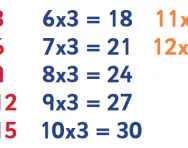
Learning the 3 times table
The 3 times table is a little harder to learn than the 2 times table, but only a little, as the numbers are still fairly small.
I start practising the 3 times table once 2s are secure (though perhaps still a little slow).
National advice, until recently, has been to move from 2s to 5s, as their repeating pattern makes them easier to learn. From the pupils I've taught, though, moving to 3s is better, as it builds on the mental template created by 2s, and gradually extends their understanding of numbers rather than making a bigger leap, as is needed with 5s.
Split the table in half and learn up to 5x3 first
As with the 2 times table, it probably helps to take the table up to 5x first if you child has the slightest difficulty with it, and then to practise this before moving to the whole table. If you need to use coins to make a physical example, put 1p on top of 2p to make 3s, and count up if you need to.
It's important, also, to practice any points of difficulty carefully – these are often 3x7 and 3x9. I often find that children remember 5x3 fairly easily, and so go back to that to build up.
It's a big step to add 3s to 2s, and not just because of the maths. Switching between the two columns of numbers in multiplication tables is a skill that needs to be learned if they are to be used, and this approach allows a focus on it while keeping the arithmetic simple and manageable.
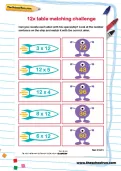
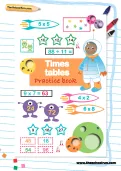
Get FREE Times Tables Resources
- Printable and interactive worksheets
- Practice workbook
- Games pack
3 times table tips and tricks
- Be patient. Children make mistakes, and don't do it on purpose. If you do feel impatient, try not to show it, either in your facial expression or in your voice.
- Accuracy is more important than speed and nothing slows us down more than making a mistake. So, don't try to go too quickly. Once your child is sure, speed will gradually build up.
- Do use the technique of asking questions from the multiplication table when your child is not expecting it. Make a game and a joke of this, and try to get them to beat you by knowing what you're going to ask in advance.
- Give particularly strong praise when your child gets something right that they've previously got wrong.
3 times tables practice worksheets and games
For a selection of 3 times tables worksheets see below or TheSchoolRun's Times Tables Learning Journey.
Read John Bald's guide to times table learning for more general advice about multiplication tables, then browse through all times table worksheets and printable games.









